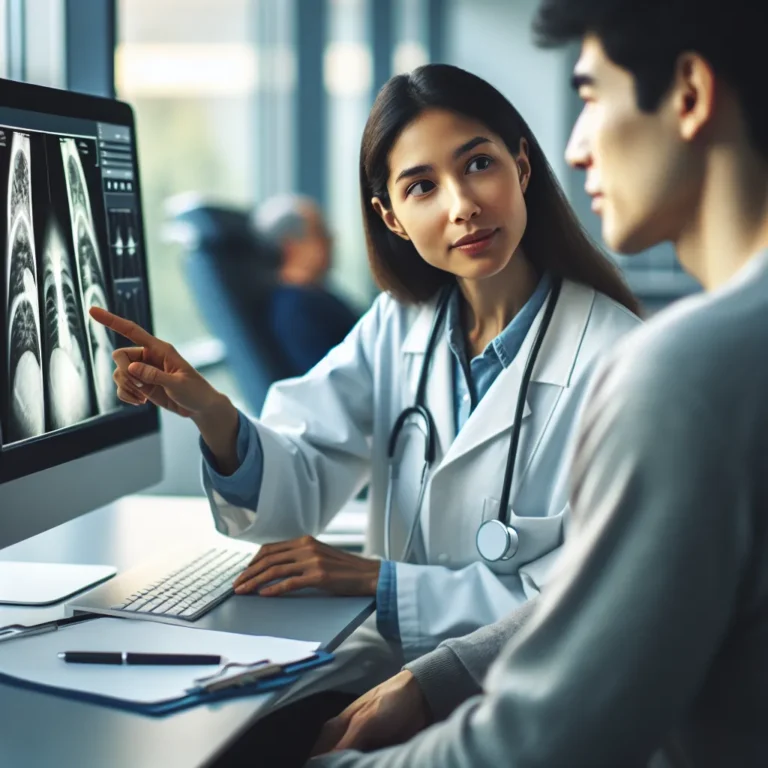
Understanding the need for counter-surveillance in today's digital age is paramount, as pervasive surveillance technology poses significant threats to privacy and data security. The article emphasizes the importance of recognizing the diverse forms of surveillance and the implications of unchecked surveillance on personal freedoms and information integrity. It stresses the imperative for individuals and organizations to adopt comprehensive counter-surveillance measures to safeguard privacy and data in the face of advancing surveillance technologies. Furthermore, the article underscores the significance of employing encryption technologies, practicing good cybersecurity hygiene, and being mindful of online data sharing as essential techniques for protecting digital privacy in the modern era. It highlights the crucial role of encryption in counter-surveillance to prevent unauthorized access to sensitive information and underscores the importance of staying informed and proactive in mitigating the risks posed by pervasive surveillance.

The article emphasizes the critical importance of encryption in safeguarding online privacy. It highlights encryption as a vital tool in securing communications and data, making them unreadable to unauthorized parties. The role of encryption extends beyond communication security, encompassing the protection of stored data from cyber-attacks and breaches. Furthermore, it underlines the significance of encryption in upholding privacy rights and countering unwarranted surveillance. The article encourages readers to leverage encryption technologies to fortify their privacy, assert control over their online data, and implement effective strategies for safeguarding personal information. It also emphasizes the importance of staying informed about surveillance technologies and privacy best practices in the digital age. With its comprehensive coverage and actionable insights, the article provides compelling reasons for readers to delve deeper into the full content.

The article "Advances in Optical Coherence Tomography for Biomedical Imaging" highlights the recent technological progress and capabilities of optical coherence tomography (OCT) in biomedical applications. It emphasizes the enhanced imaging potential of OCT, including ultrafast imaging systems, improved signal processing algorithms, and integration with contrast agents and functional imaging techniques, enabling molecular and cellular level imaging. The article advocates for the pivotal role of OCT in revolutionizing biomedical imaging, providing unprecedented insights into tissue morphology and dynamics, with significant impacts on clinical practice, biomedical research, and healthcare outcomes. The companion article, "Emerging Molecular Imaging Techniques for Disease Detection," explores the potential of non-invasive molecular imaging methods, such as positron emission tomography (PET), magnetic resonance imaging (MRI) with molecular contrast agents, and optical imaging techniques, in visualizing disease-specific biomarkers and processes. It underscores the transformative potential of these techniques for early disease detection, precision diagnostics, and personalized treatment strategies. Together, these articles aim to inform readers about the cutting-edge advancements in biomedical imaging and the profound implications for medical practice and research.

The articles address the ethical considerations in covert observation research, emphasizing the importance of informed consent, potential impact on subjects, and the ethical implications of deception. They highlight the dilemma of balancing privacy concerns with the acquisition of valuable knowledge through covert observation, as it offers insights into natural behavior but raises ethical red flags regarding privacy and autonomy. The authors stress the need for researchers to carefully assess the risks and benefits, minimize harm to subjects, and be transparent about their methods to ensure ethical conduct, and suggest exploring alternative methods to minimize ethical concerns while still obtaining valuable data. These insightful discussions encourage readers to explore the complexities of covert observation research and the ethical dilemmas it presents.

The article highlights the significance of covert observation in research, particularly in studying natural human behavior and phenomena that involve sensitive or illegal activities. It emphasizes the essential role of covert observation in gathering authentic and unbiased data for studies in sociology, psychology, and anthropology. While acknowledging the ethical considerations related to privacy, informed consent, and potential harm to subjects, the article underscores the importance of transparency and ethical oversight in conducting covert observation responsibly. The discussion encourages readers to explore the comprehensive understanding of the ethical considerations in covert observation studies, emphasizing the need to carefully navigate and mitigate ethical risks while striving for valuable contributions to knowledge advancement.

Machine learning applications have fundamentally transformed disease diagnosis by analyzing complex medical data to detect patterns and make accurate predictions, ultimately leading to the early detection of diseases like cancer, diabetes, and cardiovascular conditions. These applications have the ability to process vast datasets from diverse sources, enabling the identification of subtle anomalies in medical images and continuous improvement in diagnostic accuracy. Moreover, the integration of machine learning with wearable devices and remote monitoring systems allows for real-time health tracking and early symptom recognition, propelling healthcare towards preventive and personalized medicine. Furthermore, advancements in detection techniques through machine learning have significantly improved the accuracy and efficiency of disease detection, including the analysis of medical imaging and clinical data, ultimately offering hope for improved prognosis and better management of various medical conditions.

The article delves into the critical role of counter-surveillance in safeguarding privacy in today's tech-driven society, emphasizing the increasing risk of unauthorized monitoring and the need for proactive measures. It highlights the empowering nature of counter-surveillance in enabling individuals and organizations to protect their privacy and confidentiality from intrusive surveillance, underscoring its indispensable role in today's interconnected world. Furthermore, it emphasizes the importance of understanding and implementing counter-surveillance practices to mitigate the risks associated with unauthorized surveillance and uphold the fundamental right to privacy. The subsequent piece examines how counter-surveillance shapes the modern concept of security, encompassing a wide array of challenges and providing proactive measures to detect, deter, and mitigate potential threats posed by surveillance across both physical and digital realms. It further stresses the integral role of counter-surveillance in maintaining individual privacy rights and the integrity of sensitive information, concluding that leveraging technological advancements and comprehensive security protocols is essential for safeguarding privacy in today's evolving threat landscape.

The article discusses the controversial practice of covert observation in research, exploring the ethical dilemmas and debates it sparks within the academic community. It delves into the clash between the benefits of obtaining authentic data and the ethical principles of respecting individuals' autonomy and right to privacy. While proponents argue that covert observation is necessary to gather unbiased data in natural settings, critics emphasize the violation of privacy and autonomy. The ethical concerns surrounding covert observation, including potential psychological harm to subjects and lack of transparency, are thoroughly examined. As the debate continues, the article urges researchers and ethical review boards to carefully consider the trade-offs between the potential benefits of authentic data and the ethical responsibilities to protect the rights and well-being of research subjects, highlighting the central challenge of balancing knowledge pursuit with ethical treatment of individuals.

The article discusses the significant advancements in nucleic acid detection techniques, with a focus on innovative methods and technologies that have improved sensitivity, specificity, and speed. It highlights the emergence of isothermal amplification techniques and their applications in rapid and portable nucleic acid detection, as well as the integration of advanced detection technologies, such as microfluidics and nanoparticle-based assays, enabling high-throughput and multiplexed detection systems. Furthermore, it explores the evolution of CRISPR-based detection techniques and the utilization of digital PCR for absolute quantification, emphasizing the profound implications of these advancements for healthcare, research, and biotechnology. Additionally, it discusses the development of innovative sensors for rapid pathogen detection and recent advancements in biosensing technologies, including the use of nanotechnology and the integration of microfluidics, ultimately highlighting the potential of these technologies in ensuring public health and enabling high-throughput analysis. Overall, the article provides a comprehensive overview of the cutting-edge developments in nucleic acid detection and biosensing technologies, making it a compelling read for those interested in the latest advances in molecular diagnostics.

The article "Privacy Concerns in the Age of Covert Observation" delves into the prevalent use of covert surveillance in today's technologically advanced society, sparking unease and distrust due to the erosion of privacy. It highlights the chilling effect on personal expression and behavior caused by the fear of constant monitoring and the potential misuse of personal data acquired through covert observation. The article emphasizes the need for robust regulations to safeguard individuals' privacy rights and the establishment of a delicate balance between security and privacy in a surveillance society. Additionally, it underlines the importance of transparency, accountability, and ethical conduct in surveillance practices to build and maintain trust within society. The comprehensive exploration of these critical issues in the article invites readers to gain a deeper understanding of the implications of covert observation and its impact on privacy and trust in society, making it a compelling read for those concerned about these pressing matters.










